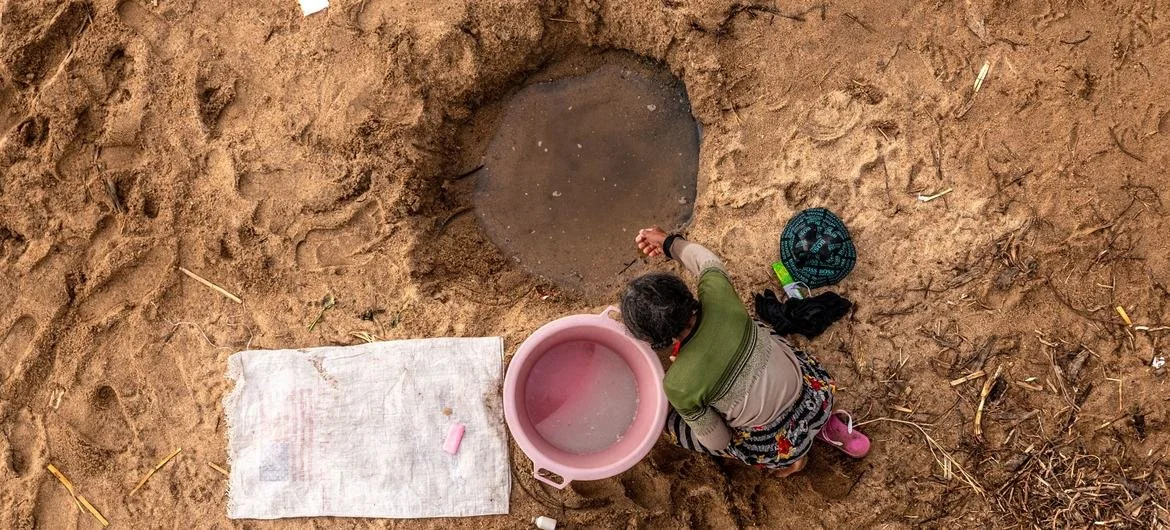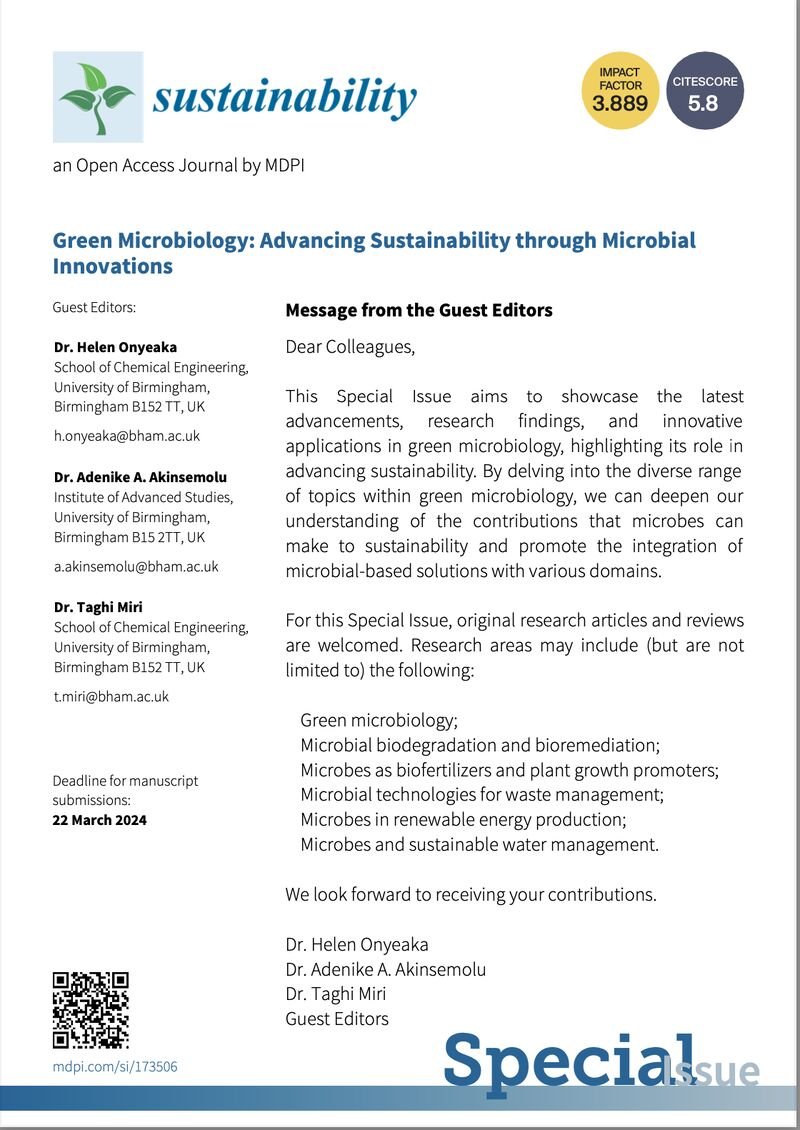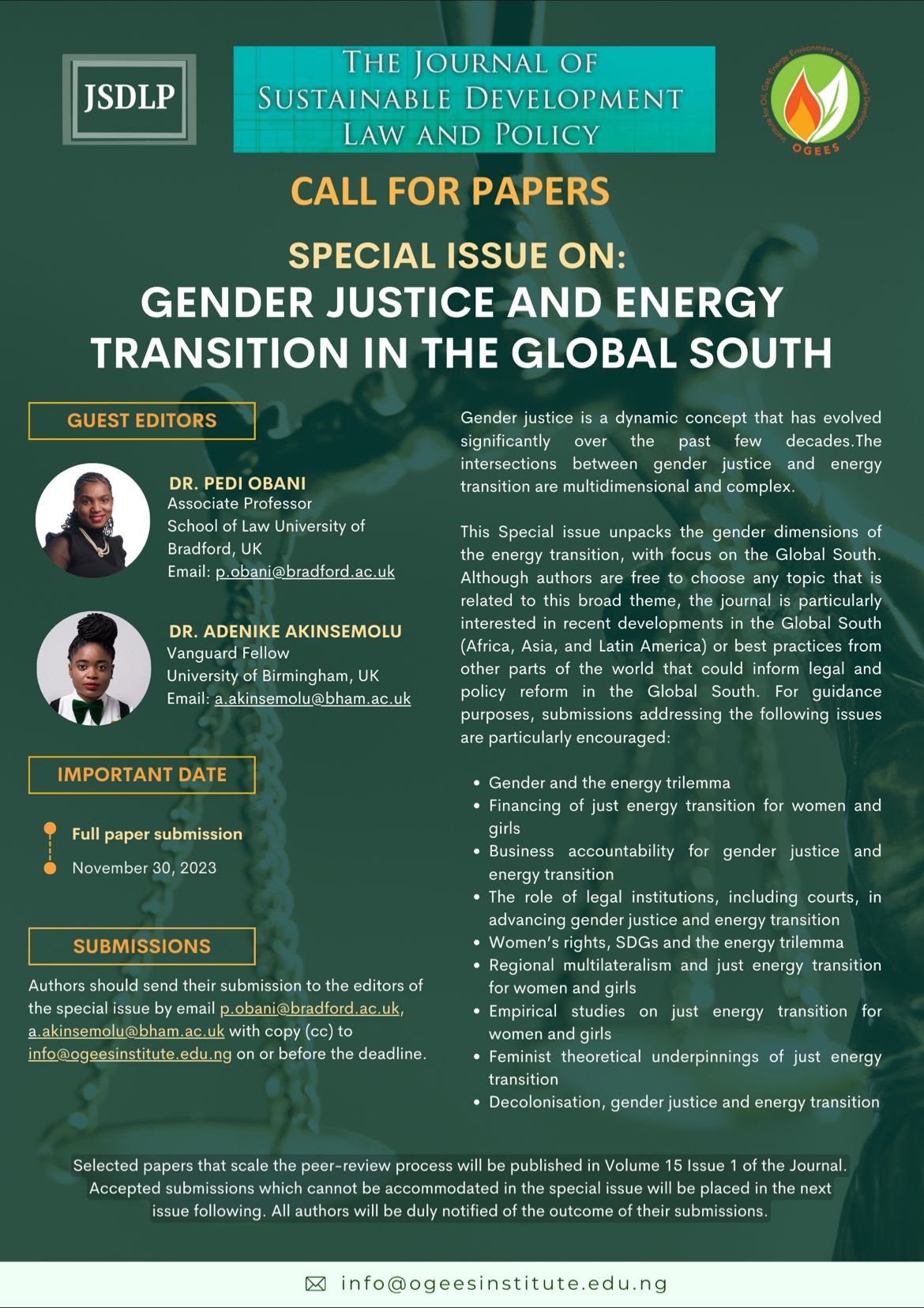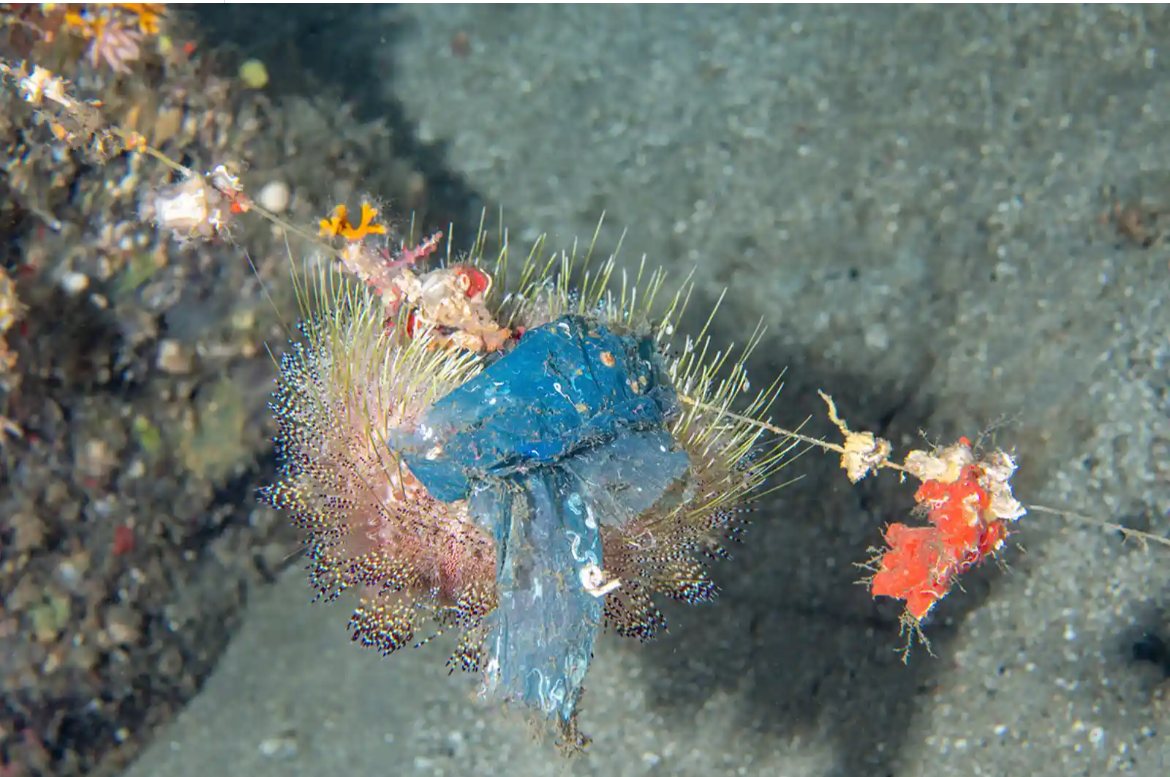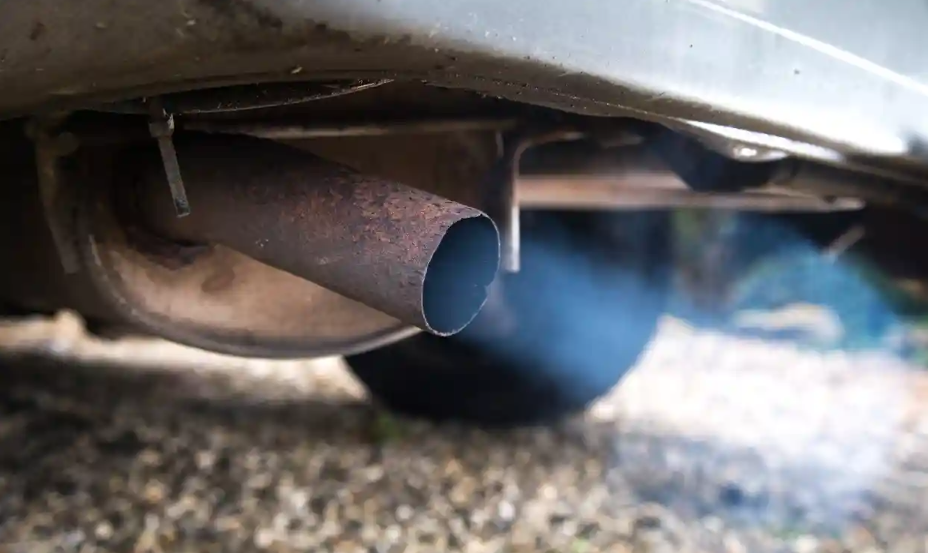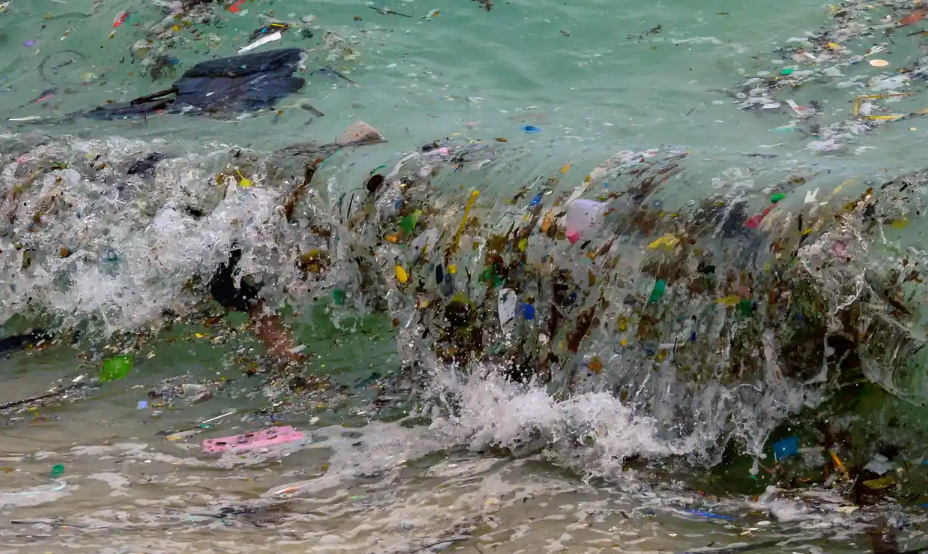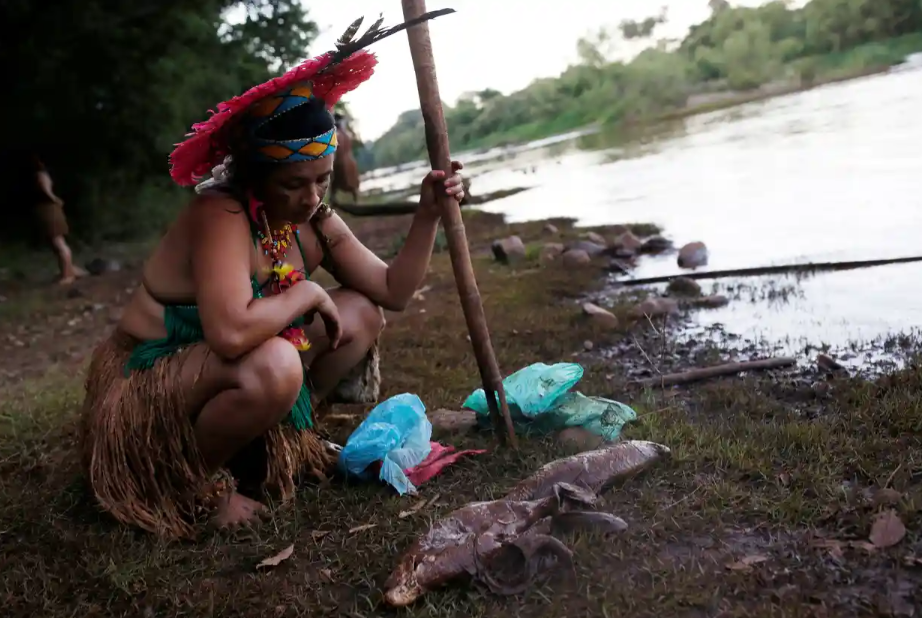Henrik Hvid Jensen
Achieving climate and environmental goals hinges on establishing a competitive circular economy.Yet many public sectors have been slow to embrace the circular principle.By adopting circular practices, the public sector can reduce its environmental impact, achieve financial savings through resource efficiency and minimize waste generation.
Most countries have set ambitious climate and environmental goals and most are focusing on reducing CO2 emissions through alternative energy sources and electrification. The US has even more ambitious goals. It aims to achieve a 50%+ reduction in emissions by 2030, a carbon-pollution-free electricity sector by 2035 and to transition to a net-zero economy by 2050.Recognizing that achieving climate and environmental goals hinges on establishing a competitive circular economy, it is surprising that most public sectors have been slow to embrace the circular principle. Between 2015 and 2021, for example, the average circularity rate for all EU member states increased by a mere 0.4% points.Current public circular initiatives are often siloed, incremental and limited in scope, focusing on emissions reduction, energy efficiency and waste management often from a linear perspective. Although these silo projects have yielded valuable insights, it is imperative for public implementations to scale up now.Instead of siloed initiatives, the public sector must implement coherent circular models across public entities. Given its significance as a major employer, purchaser of goods and services and as a regulator and policy-maker, the public sector must play a pivotal role in transitioning to a circular economic system. The impact of public procurement on the transition to a circular economy could be significant, for example, it is worth around €2 trillion to the European Union, around 19% of GDP. This involves preserving the value of products, materials and resources for as long as possible and minimizing waste. To achieve this, the public sector should lead the transition in making circular products and services more accessible and affordable
This acceleration towards a coherent public circularity encompasses five key activities and represents the most effective approach to achieving climate and environmental goals, while simultaneously boosting economic growth and enhancing businesses’ competitiveness:
1. A sharing public sector
Many publicly owned and operated resources, such as cars, trucks, buildings, uniforms, food, medical equipment, computers, and office furniture, often remain underutilized instead of being shared. To optimize efficiency and reduce environmental impact, the public sector must embrace a coherent, transverse circular economy promoting sharing, reuse, and redistribution. A sharing public sector will encounter cost savings through resource optimization and reduced disposal costs, leading to enhanced efficiencies and a reduced climate impact.
2. Transforming procurement practices
To facilitate public resource optimization by maximizing asset utilization, a shift in procurement practices is vital. Instead of each organization solely purchasing assets, the emphasis should be on renting, sharing, and redistributing assets from or with peer organizations.
3. Establishing a coherent circular services market
Promoting a coherent circular service market within the public sector involves tendering circular services, such as repair, redistribution, refurbishment, remanufacturing, and recycling, for equipment used across all public entities. This fosters a vibrant market with low-entry barriers and encourages businesses to offer circular services. This approach not only strengthens the circular economy within the public administration, but also serves as a catalyst for the growth of local circular service businesses, creating a positive impact on the environment and the economy alike.
4. Leveraging digital platforms
Coherent digital government platforms are instrumental in accelerating seamless peer-to-peer sharing, renting and redistribution of assets between various public entities. These digital platforms extend beyond tangible assets and encompass intangible human-based resources, such as skills and capabilities necessary for repair, refurbishment and redistribution. The EU’s Right to Repair proposal includes an online matchmaking repair platform to connect consumers with repairers and sellers of refurbished goods.
5. Lead by example
The implementation of coherent public circularity holds the potential to revolutionize resource utilization, fostering greater sustainability and enabling the public sector to become a trailblazer in the circular economy movement. By embracing this approach, public entities can lead by example, demonstrating the benefits of resource sharing while making significant strides toward achieving climate goals.
The need for coherent public circularity is an immediate concern, not a far-off challenge.
The speed with which governments can identify, prioritize and address circularity gaps will significantly impact their ability to achieve their climate and environmental objectives. Successfully closing these gaps will not only make local businesses more competitive in the circular economy, but also strengthen the overall resilience of the economy by reducing dependence on finite resources, minimizing price volatility and decreasing exposure to supply chain disruptions. Transitioning to coherent public circularity goes beyond emission reduction and risk mitigation; it presents an opportunity for governments to invest in the future, spur economic growth, create jobs and enhance services for citizens. The European Commission estimates that applying circular economy principles across the EU economy can potentially increase the EU GDP by 0.5% by 2030, creating approximately 700,000 jobs.
Discover
What is the World Economic Forum doing about the circular economy?
The World Economic Forum Centre for Nature and Climate is actively promoting the transition to a circular economy through various initiatives. The objective is to create a more sustainable and resilient economic system by reducing waste and maximizing resource efficiency.
The Circular Transformation of Industries initiative engages leaders from industry, government, academia, and civil society to drive circularity across sectors and economies. It consolidates information from previous efforts, shares best practices, and creates new partnerships. Learn more about Unlocking New Value in a Resource-Constrained World. The Circular Cars Initiative aims to create a climate-friendly automobility system by minimizing lifecycle emissions, particularly in manufacturing. Its goal is the development of a convenient, affordable, 1.5°C-aligned system by 2030. Discover the benefits of circular economy in the car industry here. The Global Plastic Action Partnership (GPAP) brings together global stakeholders to promote the transition to a circular plastics economy. GPAP provides a platform for global learning and local action in nine countries coordinating efforts and maximizing impact. Learn more in our Impact Report.
The urgency for coherent public circularity is immediate, not a distant challenge. The policies and priorities implemented by the public sector today will reverberate in terms of environmental, economic, and social implications for years to come. By embracing circular principles for coherent public circularity now, governments can set the stage for a sustainable and thriving future and will experience five key benefits:
1. Reduced costs and waste
By eliminating usage silos and facilitating the easy distribution, sharing, and utilization of equipment across all public authorities, the public sector can reduce the large inventories of underutilized assets. Leading to significant cost savings from reduced purchasing and decreased waste handling.
2. Facilitating a profitable circular private market
Tendering coherent circular services across various public domains accelerates the growth of a private circular service industry and unlocks economic potential. Consumers’ tendency to opt for replacement, instead of repair, results in an estimated annual loss of almost €12 billion. By embracing circular alternatives, this financial loss can be redirected towards purchasing new services, enriching people’s lives beyond mere functional replacement and, thereby, enhancing the overall well-being and prosperity of society.
3. Accelerating digital enablement of circularity
Embracing the circular economy necessitates new digital capabilities within all aspects of a business’s digital technology platform, including digital services and customer touchpoints, internal IT systems optimization, circular business ecosystem collaboration, connected products and business intelligence. Offering circular products and services to a coherent public sector requires businesses to invest in digitization, which can be reused when offering circular services to the private sector.
4. Accelerating the achievement of climate and environmental goals
As the public sector is considered a role model for society, setting an example of good practice, its commitment to circularity inspires and accelerates private sector engagement in the journey towards achieving climate and environmental goals.
5. Reducing barriers to a competitive circular economy
Given the public sector’s size and influence, businesses must prepare for and contribute to coherent public circularity models. By actively participating in the transition, businesses can reduce time, cost and risk in realizing circular economy business models.












